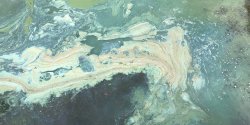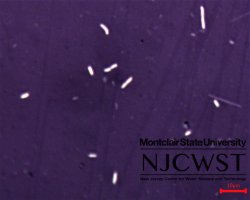Taxonomy
- Order
- Synechococcales
- Family
- Synechococcaceae
- Genus
- Synechococcus
Examples of Synechococcus
Morphology
Solitary or irregularly grouped cells, not forming distinct mucilaginous colonies. Individual cells without mucilaginous envelopes, or with fine, diffuse mucilage. Cells cylindrical to rod-shaped; (1.5)3-15(40) μm long x 0.4-3(6) μm wide; up to several times longer than wide; straight to slightly arcuate. Cells may remain joined in pairs following cell division. Cells pale blue-green, olive-green, or reddish; without gas vesicles; sometimes with granules. Cell division by binary fission, perpendicular to the longer axis, symmetrically or asymmetrically.
Ecology
Synechococcus nidulans found in small waterbodies, mostly in temperate regions; Synechococcus sigmoideus common in nanoplankton of lakes; several species reported from soils, swamps, and littoral zones of lakes.
References
- Johansen, J. R., & Komárek, J. (2015). Coccoid Cyanobacteria. In J. D. Wehr, R. G. Sheath, & J. P. Kociolek (Eds.), Freshwater Algae of North America: Ecology and Classification (2nd ed., pp. 91-95). Waltham, MA: Elsevier.
- Komárek, J. & Anagnostidis, K. (2008). Cyanoprokaryota-1. Teil/Part 1: Chroococcales. In H. Ettl, G. Gärtner, H. Heynig, & D. Mollenhauer (Eds.), Süßwasserflora von Mitteleuropa (Vol. 19/1, p. 117). Heidelberg, Germany: Spektrum.

